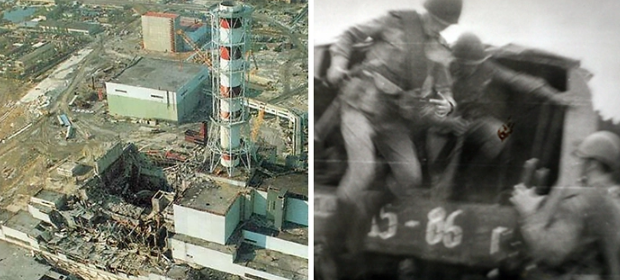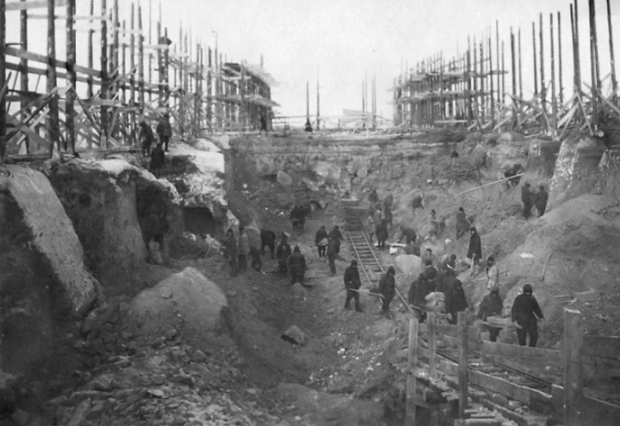From here began the destruction .. The story of the first city of nuclear production built by prisoners
Apart from the Chernobyl disaster, we rarely hear of nuclear accidents in the former Soviet Union, yet there were many of them, but they were all kept secret from the public, City-40 – The Russian city of Uzayorsk, the first Soviet plutonium production plant and the site of three major nuclear accidents, now has about 80,000 citizens.

Ozayorsk
Until the 1990s, they were not City-40 On the map, and there were no road signs to drive there, and the population was not officially exist, however, despite the total isolation, to this day does not want to live out of them, as published site " boredpanda"He said.
In 2001, the Russian government approved the existence of 42 closed cities, and it is estimated that at least 15 cities have not yet been disclosed.

Ozayorsk
The story began in 1945, when about 40,000 prisoners were transferred from 12 camps and began working with nuclear scientists to build nuclear facilities underground. Russian prisoners agreed to work there for a lesser penalty but were unaware that they were signing the death penalty because Because no one will live after five years of exposure to large levels of radiation.
It was the city, now called Ozersk , One day its name City-40 or Chelyabinsk-40 And Chelyabinsk-65 In subsequent years, the birthplace of the Soviet nuclear weapons program is now known to be one of the most polluted places on the planet, yet many city dwellers still live there despite terrible health risks. Since its founding in 1947, Ozayorsk "double barbed wire fences and watched by armed guards because they built around a factory Mayak Nuclear weapons.

Ozayorsk
Between 1945 and 1957, the Mayak plant threw large amounts of radioactive material and fired it directly into the area surrounding the factory, including a river Techa, And eventually reach the Arctic Ocean, scientists predict that the total pollution is estimated at 2-3 times the release from the Chernobyl explosions, and now waste is disposed of in shallow lakes.
Related topics
Post a Comment